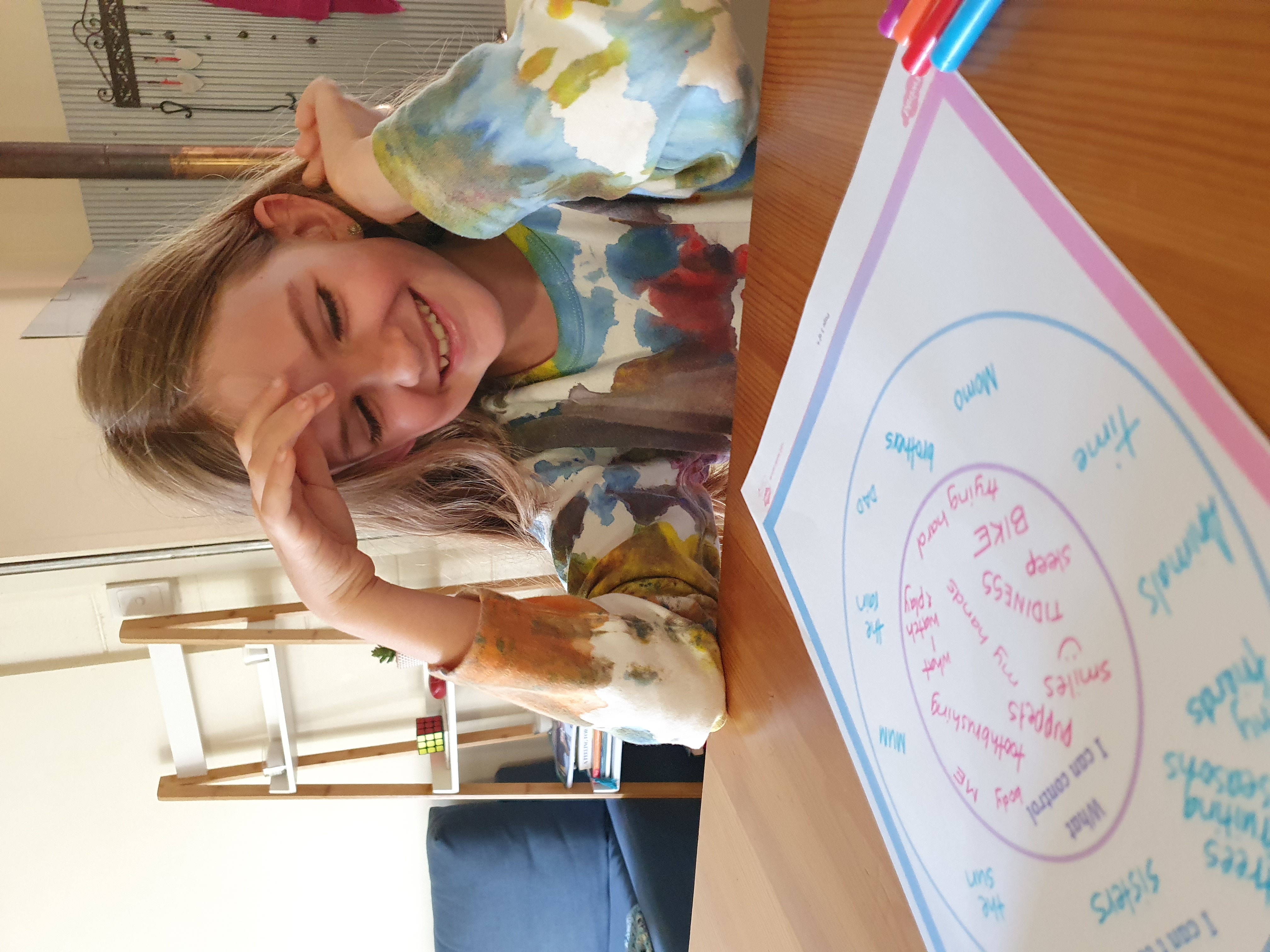Mama's Musings
Free 2024 Planner & Other Help
Getting ready for 2024? If you'd like to grab my free printable planner (over 50 pages), please do so before the end of December.
If you want to book a 1:1 session to help you get organised, please head to my calendly and make an appointment for January.
If you'd like to work through the planner, and similar organisational tools, with me over 7 days - enrol in my Organised Homeschool mini-course. It's still only AUD$7 and can be used over and over again.
Building Confidence
Confidence is a feeling of wellbeing and calm, and belief in yourself as an educator.
Homeschool Confidently is about building confidence - sharing good news stories, fun and useful resources and ideas, and little bits of encouragement across various platforms. In my 1:1 sessions and groups I break down the overwhelming task of homeschooling into manageable activities. I'm here to boost your confidence. There are many other homeschool coaches and mentors like me - and I recommend you find someone further along the journey to encourage you.
What are some other ways you can gain confidence as a homeschooler?
READ books about homeschooling. Anything by John Holt (classic), Julie Bogart, John Grey, or Laura Grace Weldon is a good start. There are audiobooks, ebooks, library books, international books, Australian books - there are SO many books to encourage you as an educator!

TALK to other homeschooling parents - in person, online - it doesn't matter, just have real discussions with...
1:1 Sessions with Me
Thank you, Katie! It was a pleasure to meet your family and chat about homeschooling teenagers last month. See you again soon! If you're interested in a 1:1 session head to my online calendar to book, or email me.

Twinkl Home Ed Magazine
I regularly write for the Twinkl Home Ed Magazine because it's a fantastic resource made by the home ed community for our community! The October theme is Life Skills and the Twinkl team included an article I wrote about Child-Led Learning. I think the research and resourcefulness of child-led learning make it a very important life skill! The magazine is available here.
Identity and Belonging
In the journey of early childhood education, parents often find themselves at a crossroads, contemplating the best way to instill values, culture, and beliefs in their children. Homeschooling preschool emerges as a powerful option in this quest, offering a unique opportunity to incorporate family values into the educational experience and foster a deep sense of identity and belonging.
Homeschooling allows parents to customise the curriculum to align with their family's core values, cultural heritage, and beliefs. Whether it's teaching morals, traditions, or languages, parents can tailor lessons to reflect what matters most to their family. This approach creates an immersive educational environment where children not only learn about their heritage but also live it every day.

Home education promotes an open dialogue within the family, providing a platform for discussing values and beliefs openly and honestly. It helps children understand the "why" behind the family's customs, tradit...
Depth over Breadth
How does homeschooling encourage critical and lateral thinking, growth mindset, and other ways to view the world?
Flexible Curriculum: Homeschooling allows parents to choose materials and resources that promote problem-solving, analysis, and creativity.
Individualised Instruction: In a homeschooling environment, children receive the one-on-one or small-group instruction that is held up as the ultimate education setting in most educational theory taught to teaching students today.
Emphasis on Depth over Breadth: Homeschooling doesn't have to adhere strictly to a fixed curriculum. Parents can delve deeper into subjects that interest their children. In fact, many families focus only on the child or family's interests and all learning stems from there. This allows for a more profound understanding and encourages critical thinking by exploring topics in greater detail.
Encouraging Curiosity: Homeschooling often encourages a love of learning and a sense of curiosity. This natural des...
Powerful Planning Video
Last month I was a guest at The Sweet Society to talk with Kylie about Powerful Planning. We discussed the big picture, what worked and what didn't, how I made a commitment to my kids and got them to make a commitment to me - in learning, large families vs one child, collaborating with other families, and SO much more! You can check out the replay here.
Wet Weather Fun for Kids!
This post is an article originally published in What's On Tablelands magazine in 2021. It refers to places on the Atherton Tablelands, but it also has many general ideas for what do to when the rain doesn't stop. Because we've had over 3 metres of rain this year, and it hasn't stopped yet, I decided to publish this for families like ours who have had many more wet weeks than dry ones!
GOING OUT
Go outside into the rain and mud. Have a plan to clean the kids up (or strip them off) and transfer them to the bath/shower, and then have a towel and warm clothes waiting! Depends where you are, the temperature, and how old the kids are, a run in the rain can be done in undies or togs, or wearing a raincoat and gumboots. Whatever they wear, make sure it’s okay for them to get wet & muddy. This approach is messy, but worth it!
Wet weather outings – wear appropriate clothes and shoes and head outdoors to experience nature. There are raging rivers & waterfalls, fascinating fungi, tadpoles, fr...
Simple Tie Dye
We had some lumpy fabric paint to use up, so I mixed it with water to tie dye shirts... The kids simply twisted and wrapped with rubber bands, sploshed the watery paint on, worked it in, unravelled the bands, set the shirts in the sun to dry, I ironed them to set paint, rinsed them with water and vinegar, then washed as normal. They are soft like dyed shirts (not stiff), and each one was different. Quick results, but a pretty messy activity!














